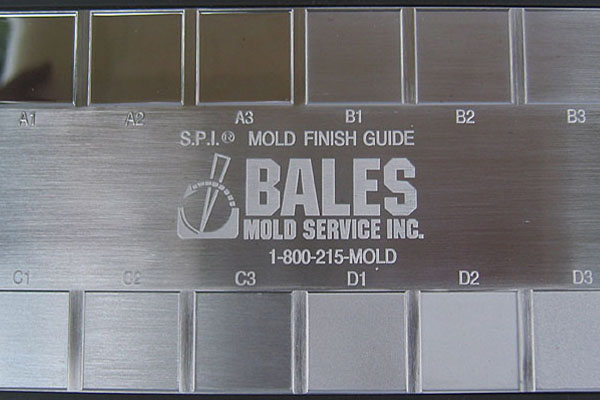SPI Injection Molding Standards
Injection molding standards refers to a collection of requirements, regulations, and industry best practices that control the production of plastic injection-molded parts. These requirements must be met in order to guarantee the reliability, dependability, and security of the injection molding procedure and the final products.
At Sungpalstic, we are committed to follow the injection molding standards of the industry. You can rest assured to work with us.

General Specifications Applicable to All Mold Classes
Before initiating mold construction, customer approval of the mold design is required. Every mold must incorporate suitable channels for temperature control. When feasible, all mold components should be clearly marked with the steel type and Rockwell hardness. The customer’s name, part number, and mold number should be engraved or stamped on all molds. Additionally, all molds and significant components should feature adequate provisions for handling, such as eyebolt holes or prybar slots.
SPI Class 101 Molds: (Rated for One Million or More Cycles)
Mold design is mandatory. The mold base must possess a minimum hardness of 280 BHN. Molding surfaces, including cavities and cores, must be hardened to a minimum of 48 Rc. All other components, such as slides, heel blocks, gibs, and wedge blocks, should also be crafted from hardened tool steels. Ejection should be guided, and slides must incorporate wear plates. Temperature control provisions should be incorporated into cavities, cores, and slides whenever feasible. To ensure prolonged mold life, it is advisable to use materials resistant to corrosion or employ corrosion prevention treatments for plates or inserts containing cooling channels. Parting line locks are a requirement for all molds in this class.
SPI Class 102 Molds: (Rated for no more than one million cycles)
Mold design is mandatory. This mold mirrors the Type 101 with the following exceptions: guided ejection, hardened slide wear plates, plated water channels, and wear-plated cavities are not obligatory. All other optional features remain available. This tool is suitable for medium to high production runs, particularly for abrasive materials and/or close-tolerance products.
SPI Class 103 Molds: (Rated for Under 500,000 Cycles)
Mold design is strongly recommended. The mold base should have a minimum hardness of 165 BHN, while cores and cavities must be 280 BHN or higher. All other optional features are at the discretion of the customer.
SPI Class 104 Molds: (Rated for Under 100,000 Cycles)
Mold design is recommended. The mold base can be crafted from mild steel or aluminum, and cores and cavities can be composed of aluminum, mild steel, or another mutually agreed-upon metal. All other optional features are determined by customer preference.
SPI Class 105 Molds: (Rated for no more than 500 cycles)
The mold base may be constructed from cast metal, epoxy, or any other material with sufficient strength for producing a minimum number of prototype pieces. This tool is exclusively intended for prototype purposes. All other optional features are subject to customer discretion.
Sungplastic is reliable injection molded parts manufacturer with ample industry experience and practice knowledge.
If you are looking for injection molding solutions, please contact us.
Get a free quote and design analysis today.
We’ll reply to you within 6 working hours.
We respect your privacy.
+86 139 2927 4777 (WhatsApp, Wechat)
